
Making Space at the Table
NAP Contemporary’s group show, The Elephant Table, platforms six artists and voices—creating chaos, connection and conversation.
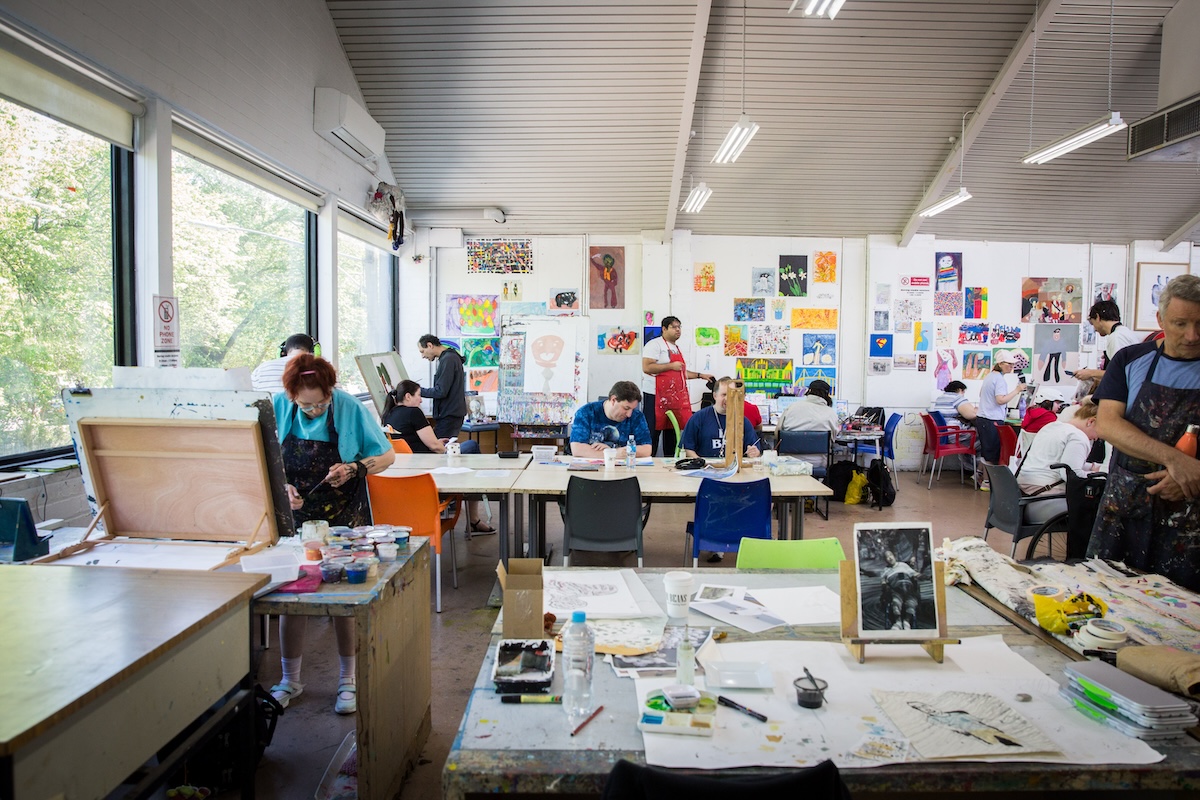

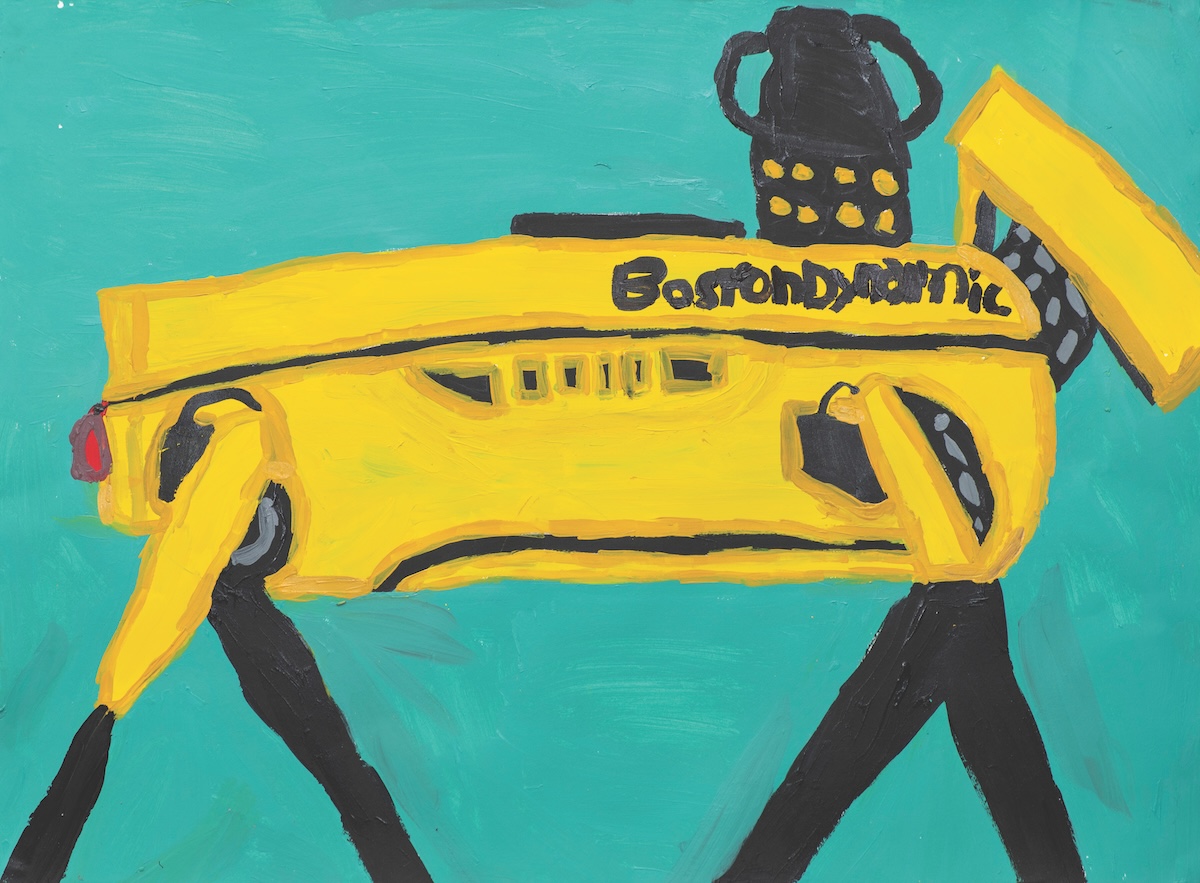
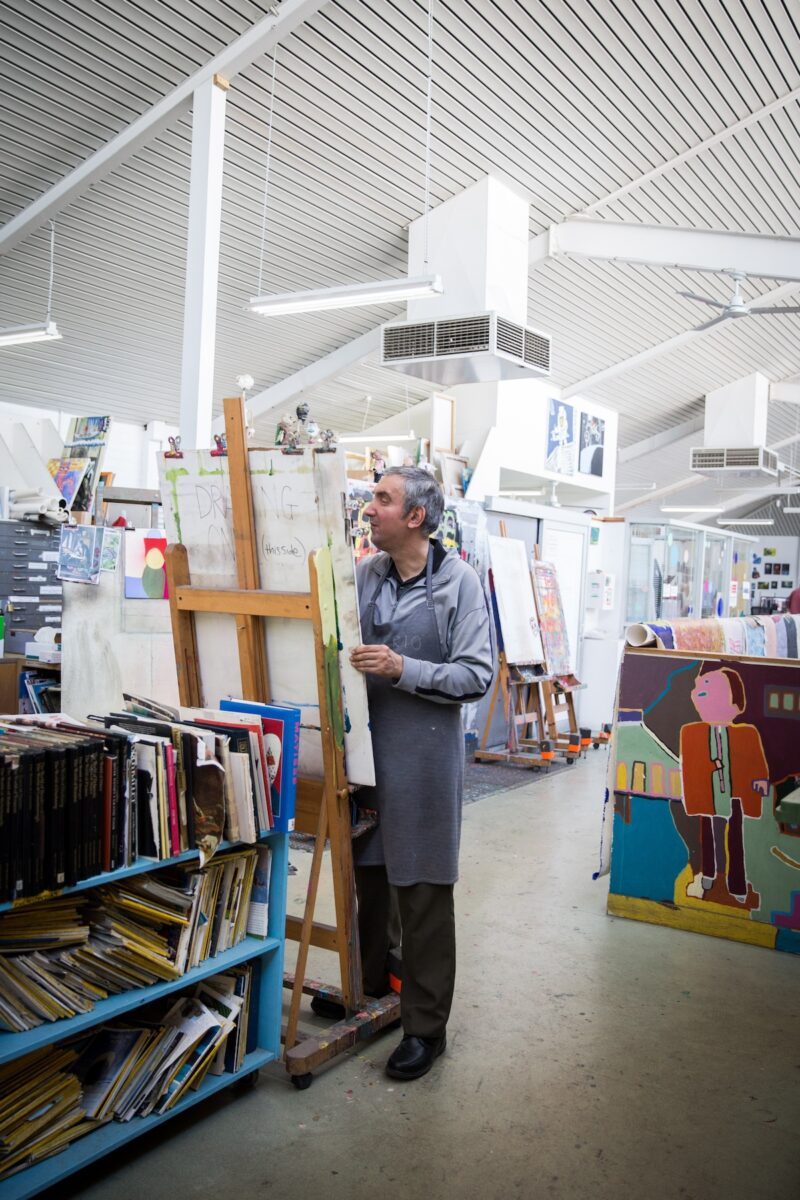
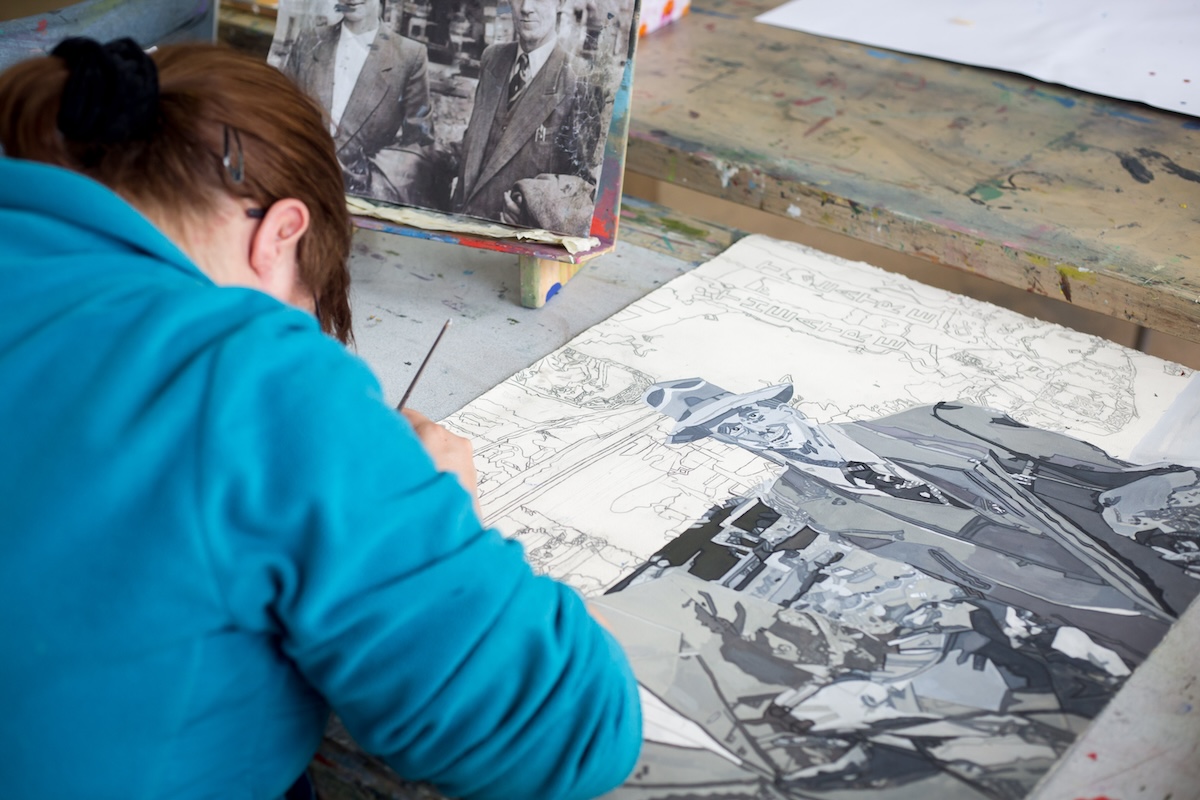

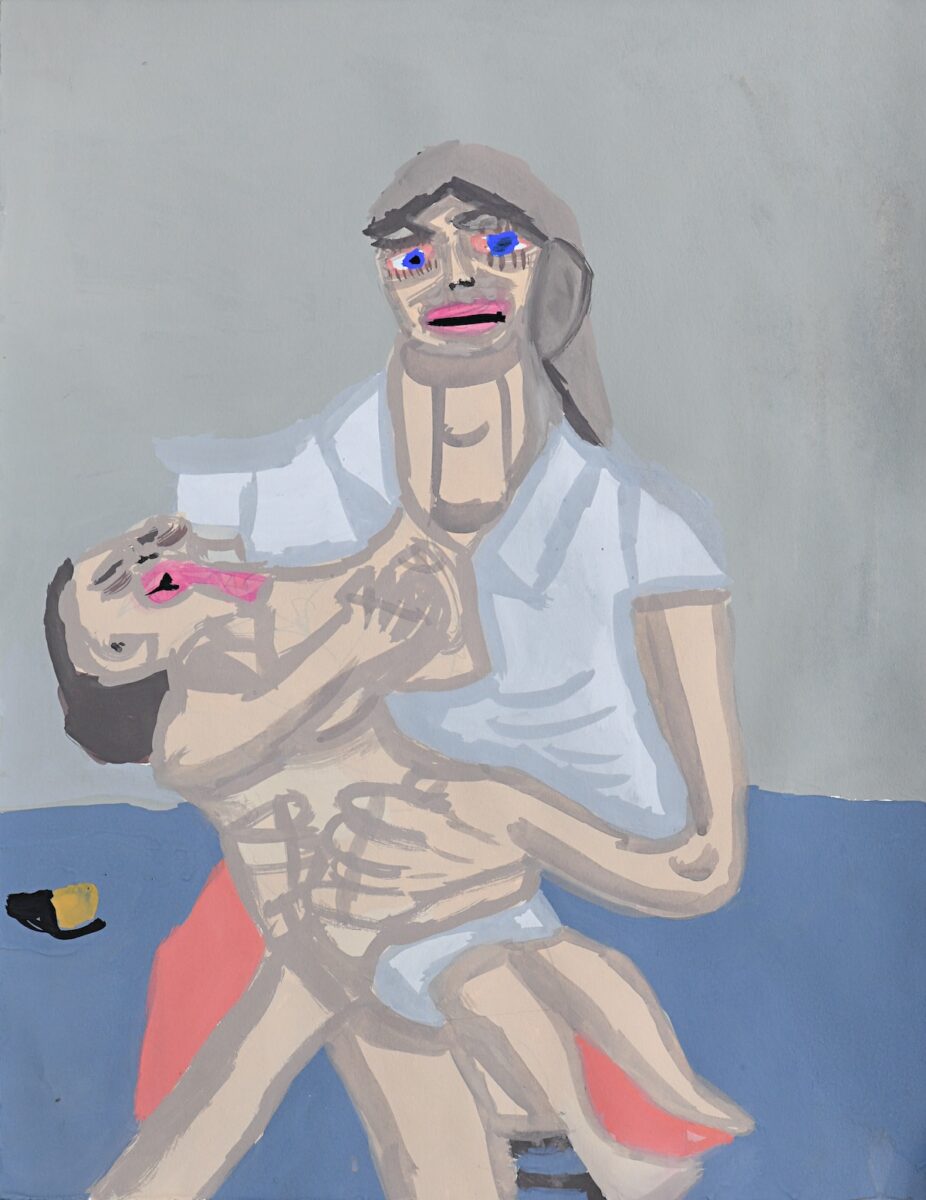
Looking at the 1970s black-and-white photograph of Myra Hilgendorf OAM and her daughter, Johanna Hilgendorf, it is poignant to imagine that it’s through this mother-daughter relationship that a transformation began, unthreading the conventions of Australian contemporary art to question what is considered art and who is an artist.
Hilgendorf envisioned Arts Project Australia (APA) as a space for Johanna, and other artists with an intellectual disability, to not only create, but to have their work viewed and circulated with the dignity of any contemporary artist.
Now celebrating its 50th year from its humble beginnings, the APA studio is a two-story warehouse in leafy Northcote in Melbourne, replete with high ceilings, soft natural light, and an almost overwhelming abundance of creative happenings—especially with over 150 artists practising each week.
There’s Adrian Lazzaro outlining his energetic, wry drawings of wrestlers and zombies, teddy bears with the word “dead” on their chest, and images capturing the absurdity of Donald Trump. These jostle alongside the refined, minimalist pastels of Julian Martin, which delineate forms to their most abstract foundations, while still keeping a sense of figuration. It’s why the New York Times once declared his art a “must see”. In a quiet corner nearby, on an old leather armchair, Terry Williams is stitching his soft sculptures of alien life and everyday objects, like radios and bicycles—he had a sold-out show at New York’s White Columns gallery in 2015. Lisa Reid sits nearby meticulously creating her prints, paintings and sculptures, prompting Jerry Saltz to praise her as a “strong voice of art”, while Cathy Staughton captures our love affair with technology (and her love affair with Luna Park), alongside scenes of care and friendship. In an open-plan space with zero pomposity, art adorns the walls and conversation is free flowing amid the quiet time of creating.
Meanwhile the gallery, which used to be housed below the studio in Northcote, is now based in the Collingwood Yards Precinct, exhibiting multiple shows of APA artists each year, alongside inviting esteemed curators to produce shows, including David Sequeira, Kirsty Grant, Rebecca Coates and Charlotte Day, to name a few. APA artists exhibit everywhere from the National Gallery of Victoria to Artspace, commercial galleries to artist-run spaces.
Yet it’s APA’s spirit that often captivates those who collaborate with the organisation and artists. Liz Nowell, who recently became director of APA (and previously held director positions at Adelaide Contemporary Experimental in Adelaide and the Institute of Modern Art in Brisbane), says the 50-year milestone is a moment to reflect on the centrality of APA in the arts sector, alongside the particular ways APA fosters genuine care and diversity.
“There’s so much rhetoric around care, inclusion and community within the art world,” says Nowell, “and at Arts Project these are not terms to be dissected and analysed. They’re verbs. They’re actions that are embodied in the daily tasks of art making, the daily exchanges between artists, support workers, staff, and the arts community.”
As someone who worked at Arts Project for a fleeting four years, I’ve seen this nexus of care, playfulness, aesthetic rigour and comradery firsthand. I’ve also observed areas of the larger art world shift between over-theorising the artwork by recuperating it into conventional art world schemas (which does and doesn’t work), alongside the inverse reaction of over-stating the role of sentimentally and sincerity in art making. It all posits the need for new aesthetic language to truly articulate the individual practices of APA artists.
“What I’m curious about,” says Nowell, “is how we participate in contemporary art and speak to that world while remaining authentic and true to who we are. Making sure that we’re an inclusive organisation, from the way we speak about art to the kind of projects we’re involved in, to the way we support artists to develop their practices. There’s a tension there, but it’s not a bad tension. It’s very interesting.”
In March APA celebrated its 50th anniversary with an open studio day, teeming with hundreds of artists, families, community supporters, local neighbours, curators and musicians. “There’s so many contemporary arts organisations and events that want to cultivate that natural sense of community,” says Nowell. “Sometimes they achieve it and sometimes they don’t. And Arts Project is one of the more successful examples of how you do that.”
As for the rest of the year, curator and arts leader Kelly Gellatly is editing a book on 50 years of APA, there’re upcoming exhibitions in the Collingwood gallery, and November heralds one of APA’s largest exhibitions yet: Intimate Imaginaries at TarraWarra Museum of Art (TWMA). Curated by TWMA’s Anthony Fitzpatrick, it will feature 13 APA artists, reflecting how each artist perceives the world, and the ensuing art from this understanding.
While the ‘big shows’ are important in situating mainstream recognition of APA artists as artists foremost, when I think of APA I’m less excited to rattle off credentials than to convey the remarkable, singular ethos. I circle back to a recent conversation I had with artist Richard Lewer (which will appear in the 50th anniversary publication). Lewer visited the studio regularly during his collaboration with artist Eden Menta—and straight away he was hugged, offered a cup of tea, celebrated a birthday, and then got down to serious yet imaginative business of art making. It’s a stark difference to the lonely isolation of the traditional artist studio. As Nowell says, “It should be the envy of the contemporary art world.”
Bendable Realities
Arts Project Australia
13 July—24 August
Intimate Imaginaries
TarraWarra Museum of Art
30 November—10 March 2025
This article was originally published in the July/August 2024 print edition of Art Guide Australia.